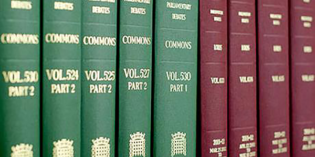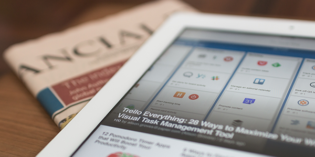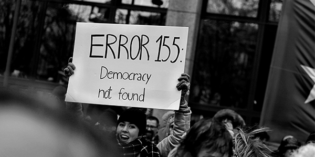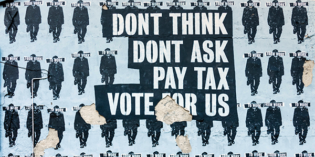Informing and engaging citizens

Selfies, policies or votes? How politicians can campaign effectively on Instagram
Twitter and Facebook have become crucial arenas for political competition, but what about Instagram? In new research, Stuart Turnbull-Dugarte assesses how parties in Spain have used the image-based social media platform and finds that political newcomers like Podemos and Ciudadanos are most effective at engaging voters, particularly when they focus on political leaders and mobilising supporters, but that policy communication is less effective.

How not to recruit postal voters in the UK
Joshua Townsley and Stuart Turnbull-Dugarte tested the ability of parties to recruit postal voters in a field experiment carried out during the 2018 local elections in London. The result? Sending personal letters persuading voters to become postal voters is not an effective recruitment technique.

Democratising Hansard: continuing to improve the accessibility of parliamentary records
The official, substantially verbatim report of what is said in both houses of Parliament is an essential tool for ensuring democratic accountability. This record, Hansard, contains a wealth of data, but it is not always fully accessible and easy to search. Lesley Jeffries and Fransina de Jager explain how a new project, Hansard at Huddersfield, aims to improve access to the Hansard records and contribute new ways of searching the data.

Economic voting and party positions: when and how wealth matters for the vote
Does the ownership of economic assets matter for how people vote? Drawing on new research, Timothy Hellwig and Ian McAllister find the answer is yes. They argue that by changing their policy positions, parties can shape the influence of asset ownership on voter decisions, if there is sufficient party polarisation.

Reading political tea leaves: forecasting British general election results
Political polling has faced difficulties during recent UK elections. Drawing on methods used for US elections and elsewhere, Philippe Mongrain therefore proposes a new forecasting model, which takes into account the state of the economy, the cost of ruling for the incumbent party, leadership approval ratings and previous election results, and offers some improvements on existing polls for forecasting the vote share of all contending parties.







 Democratic Audit's core funding is provided by the Joseph Rowntree Charitable Trust. Additional funding is provided by the London School of Economics.
Democratic Audit's core funding is provided by the Joseph Rowntree Charitable Trust. Additional funding is provided by the London School of Economics.